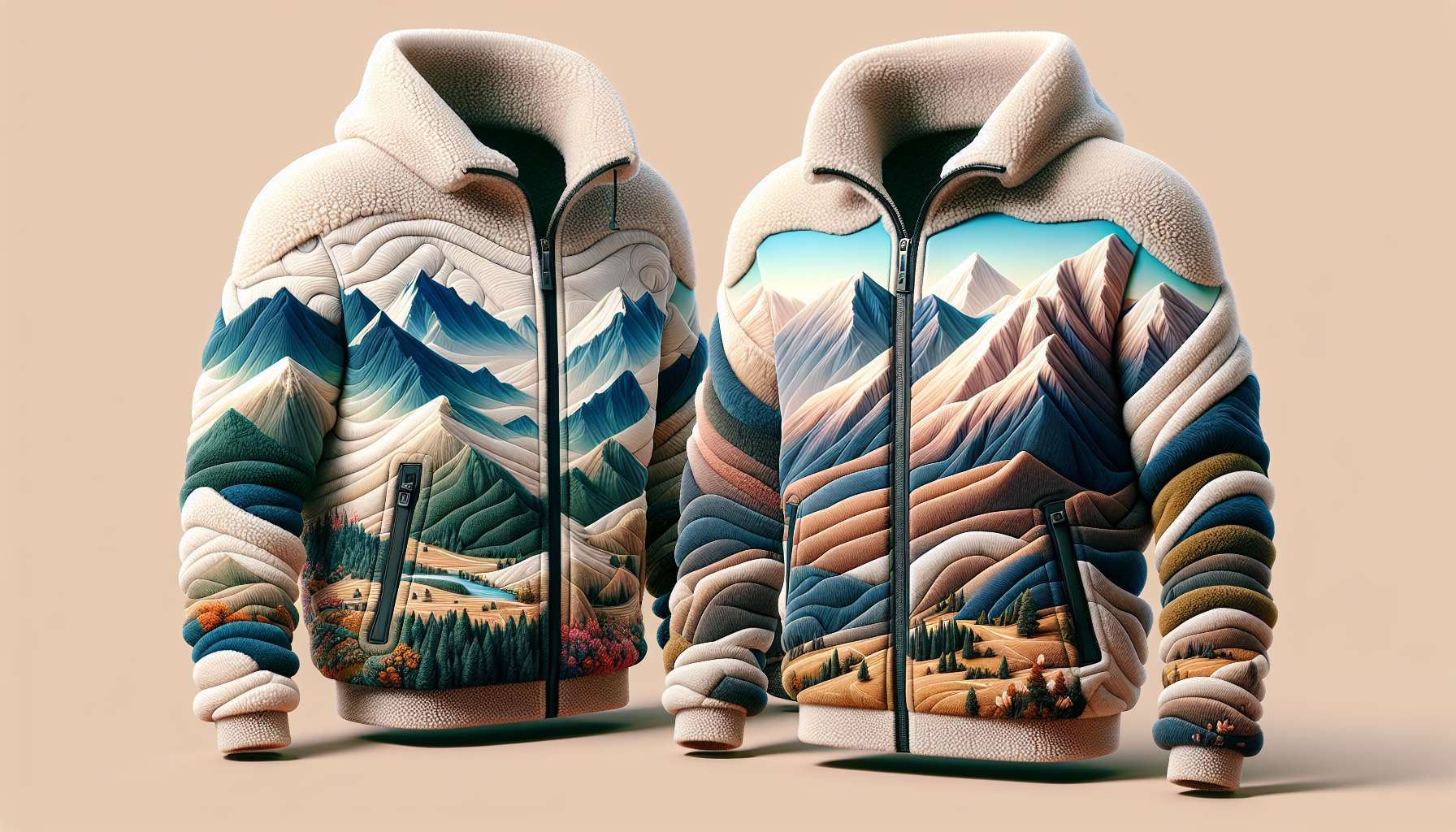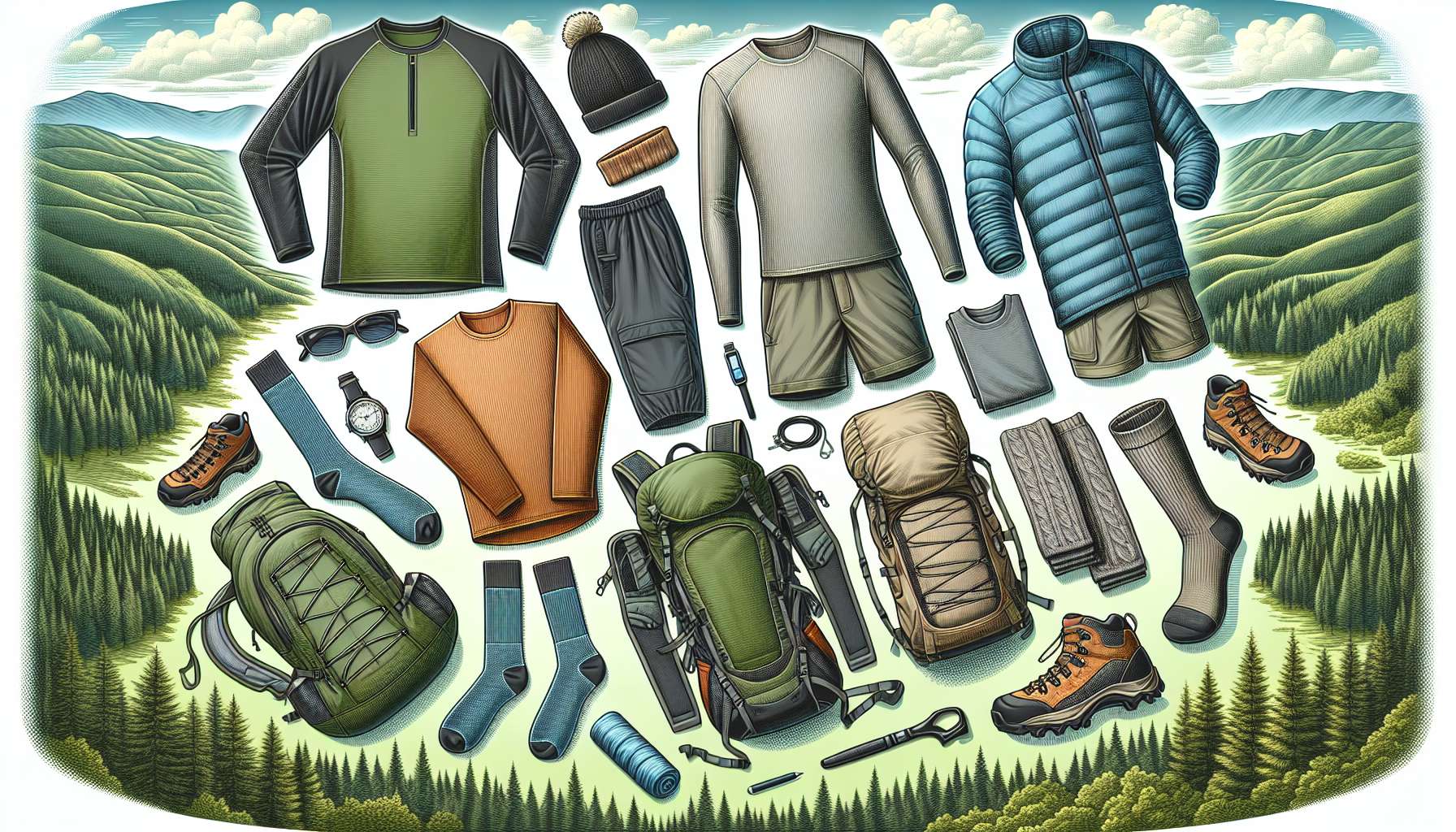The Ultimate Guide to Fleece Jackets
When it comes to practical and versatile outerwear, fleece jackets have become a popular choice for individuals of all ages and lifestyles. Whether you’re embarking on a hiking adventure, running errands on a chilly day, or simply lounging at home, fleece jackets offer comfort, warmth, and style. But what exactly are fleece jackets, and why have they become a staple in many wardrobes? In this comprehensive guide, we will delve into the world of fleece jackets, exploring their history, construction, benefits, and much more.
The Evolution of Fleece Jackets
While fleece as a fabric has been around for centuries, it wasn’t until the late 1970s that Malden Mills, now known as Polartec, revolutionized the textile industry with the invention of synthetic fleece. This innovation paved the way for the mass production of fleece jackets, which were initially designed for outdoor enthusiasts and athletes seeking lightweight, moisture-wicking, and insulating layers. Over the years, fleece jackets have undergone various iterations, from basic zip-up styles to more technical designs featuring advanced insulation technologies and weather-resistant properties.
Today, fleece jackets come in a wide range of styles, colors, and price points, catering to diverse consumer preferences and needs. Whether you prefer a classic pullover fleece for everyday wear or a performance-driven fleece for outdoor activities, there is a fleece jacket for every occasion.
The Anatomy of a Fleece Jacket
At its core, a fleece jacket is made from synthetic polyester fibers that are knitted or woven into a soft, fuzzy material with a brushed surface. This brushed surface creates air pockets that trap heat and provide insulation, making fleece jackets lightweight yet warm. Additionally, fleece fabric is quick-drying and moisture-wicking, making it ideal for activities that involve sweating or exposure to the elements.
Most fleece jackets feature a full-length zipper for easy on and off, as well as zippered pockets for storing essentials. Some fleece jackets also come with adjustable hoods, drawcord hemlines, and thumbhole cuffs for added comfort and functionality. As technology continues to advance, companies are incorporating recycled materials, antimicrobial treatments, and UV protection into their fleece jackets, making them more sustainable and performance-oriented.
The Benefits of Fleece Jackets
One of the primary benefits of fleece jackets is their warmth-to-weight ratio, which means they provide excellent insulation without adding bulk or restricting movement. This makes fleece jackets an ideal layering piece for outdoor activities such as hiking, camping, skiing, and snowboarding. Additionally, fleece jackets are breathable and moisture-wicking, allowing sweat to evaporate quickly and keeping you dry and comfortable during physical exertion.
Another key benefit of fleece jackets is their durability and ease of care. Unlike natural fibers such as wool or cotton, fleece is resistant to shrinking, stretching, and wrinkling, making it a low-maintenance option for everyday wear. Most fleece jackets are machine washable and dry quickly, making them a convenient choice for individuals with busy lifestyles.
Choosing the Right Fleece Jacket
When shopping for a fleece jacket, there are several factors to consider to ensure you find the perfect fit and style for your needs. First and foremost, determine the intended use of the fleece jacket. Are you looking for a casual everyday jacket, a technical layer for outdoor activities, or a stylish piece for urban adventures?
Next, consider the weight and thickness of the fleece jacket. Lightweight fleeces are suitable for mild temperatures or layering under a shell jacket, while midweight and heavyweight fleeces provide more warmth and protection in cold conditions. Additionally, pay attention to the features and details of the fleece jacket, such as pockets, hoods, cuffs, and hemlines, to ensure they align with your preferences and activities.
Lastly, take into account the material composition of the fleece jacket. While most fleece jackets are made from 100% polyester, some brands offer blended fabrics that enhance performance, sustainability, or comfort. Look for certifications such as bluesign or recycled polyester to ensure you are making an environmentally conscious choice.
The Environmental Impact of Fleece Jackets
While fleece jackets offer many benefits in terms of warmth, comfort, and performance, it’s essential to consider their environmental impact. As synthetic textiles, fleece jackets are derived from petroleum-based materials and require significant energy and resources to produce. Additionally, microplastic pollution is a growing concern with fleece fabrics, as tiny fibers shed during washing and enter waterways, posing a threat to marine life.
To mitigate the environmental impact of fleece jackets, some companies are exploring alternative materials such as recycled polyester, organic cotton, and plant-based fibers. Others are implementing innovative recycling and filtration technologies to capture microplastics and reduce waste. By choosing eco-friendly fleece jackets and practicing responsible garment care, consumers can minimize their carbon footprint and support sustainable fashion practices.
Expert Opinions on Fleece Jackets
We reached out to leading outdoor enthusiasts, gear testers, and sustainability advocates to gather their insights on fleece jackets:
“Fleece jackets have come a long way since their inception, with advancements in fabric technology, design, and sustainability. As an avid hiker and outdoor educator, I rely on fleece jackets for their versatility, breathability, and warmth. I appreciate brands that prioritize eco-friendly materials and production practices, as it aligns with my values as a steward of the environment.” – Sarah, Outdoor Educator
“In my experience as a gear tester and outdoor enthusiast, I’ve found that fleece jackets are a crucial layering piece for staying comfortable and protected in various weather conditions. Whether I’m on a multi-day backpacking trip or a quick day hike, a high-quality fleece jacket is always in my pack. I recommend investing in a durable and sustainable fleece jacket that will withstand years of use and contribute to a greener planet.” – Alex, Gear Tester
Common Misconceptions About Fleece Jackets
Despite their popularity and versatility, fleece jackets are often subject to misconceptions and myths. Let’s debunk some common misconceptions about fleece jackets:
Myth: Fleece jackets are only suitable for outdoor activities. Reality: While fleece jackets are excellent for outdoor adventures, they are also stylish and functional for everyday wear in urban settings.
Myth: Fleece jackets are not eco-friendly. Reality: Many brands offer eco-friendly fleece jackets made from recycled materials and sustainable production practices.
Myth: Fleece jackets are not breathable. Reality: Fleece jackets are designed to be breathable and moisture-wicking, making them suitable for active pursuits.
Comparative Analysis: Fleece vs. Wool
When it comes to choosing the right outerwear for cold weather, the debate between fleece and wool is a common one. Let’s compare the characteristics of fleece and wool jackets:
Fleece Jackets
- Lightweight and breathable
- Quick-drying and moisture-wicking
- Durable and low-maintenance
- Synthetic material derived from polyester
- Insulating and warm
Wool Jackets
- Natural fiber with excellent insulation
- Temperature-regulating and moisture-wicking
- Biodegradable and renewable
- Requires special care and maintenance
- Can be itchy for some individuals
Ultimately, the choice between fleece and wool jackets comes down to personal preference, intended use, and environmental considerations. Both materials offer unique benefits and characteristics that cater to different lifestyles and climates.
FAQs About Fleece Jackets
Here are some frequently asked questions about fleece jackets:
Q: Can fleece jackets be worn in rainy conditions?A: While fleece jackets are not waterproof, some brands offer water-resistant or windproof fleece jackets that provide added protection in inclement weather.
Q: How should I wash and care for my fleece jacket?A: Most fleece jackets are machine washable in cold water and should be air-dried or tumble-dried on low heat to maintain their shape and performance.
Q: Are fleece jackets suitable for layering under a winter coat?A: Yes, fleece jackets are excellent layering pieces under shell jackets or winter coats to provide added warmth and insulation in cold temperatures.
To Wrap Things Up
In conclusion, fleece jackets have become a versatile and essential piece of outerwear for individuals seeking comfort, warmth, and style. With their lightweight construction, insulating properties, and moisture-wicking capabilities, fleece jackets are a practical choice for outdoor activities, everyday wear, and travel. By choosing eco-friendly fleece jackets, supporting sustainable brands, and practicing responsible garment care, we can enjoy the benefits of fleece jackets while minimizing our environmental impact. Whether you’re a seasoned outdoor enthusiast or a casual adventurer, a high-quality fleece jacket is a valuable addition to your wardrobe.
Next time you’re in need of a cozy and functional layer, consider reaching for a fleece jacket and experience the comfort and performance that this versatile garment has to offer.
Remember, the best fleece jacket is the one that suits your needs, matches your style, and aligns with your values. Happy adventuring!




